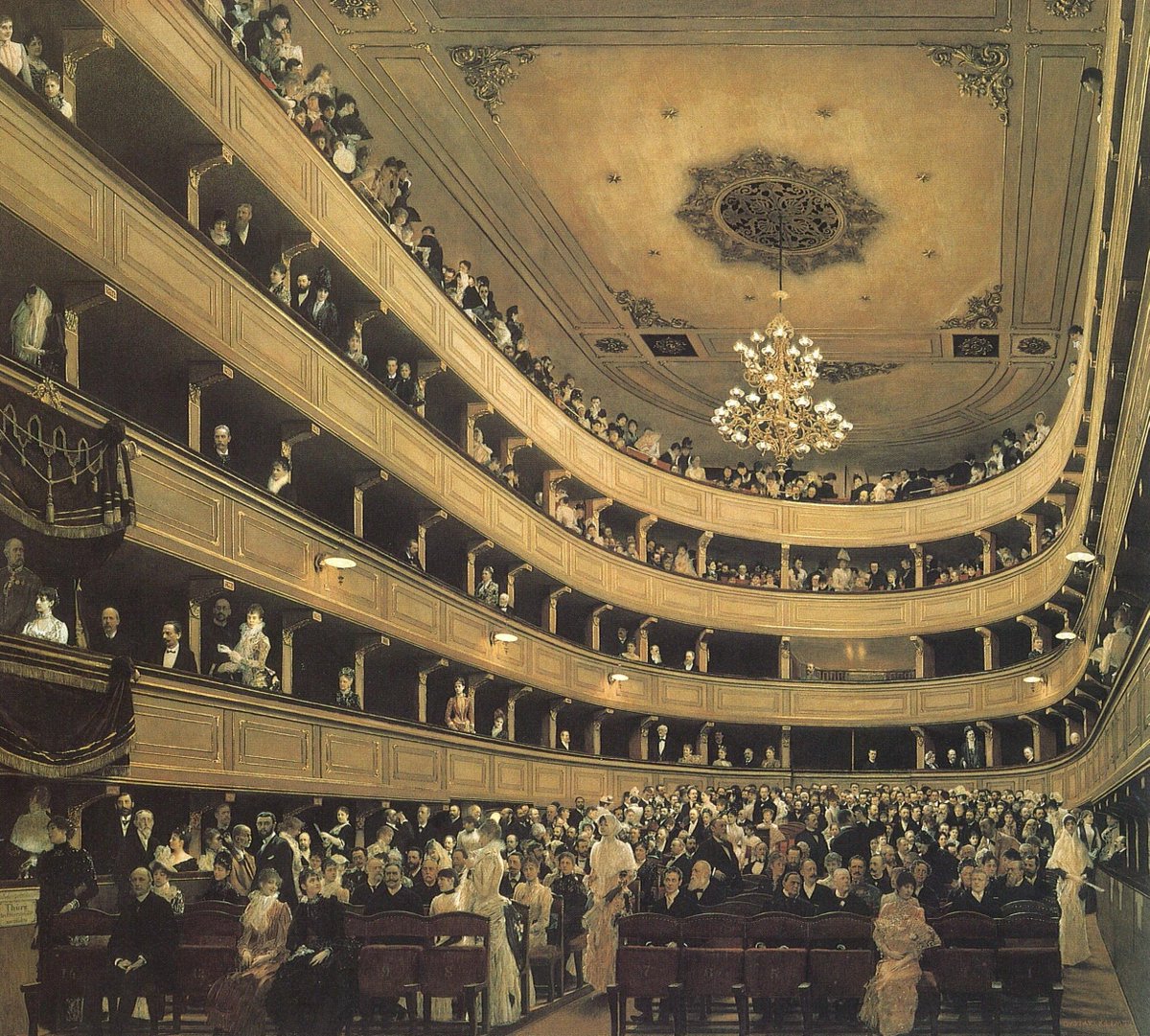
1. Enheduanna is the oldest named poet (and writer full-stop!) in history.
She was a priestess in the Ancient Sumerian city of Ur, and lived in the 23rd century B.C.
She was a priestess in the Ancient Sumerian city of Ur, and lived in the 23rd century B.C.

2. Sappho was an Ancient Greek poet from the island of Lesbos whose fame and talent led her to be known as "the Tenth Muse."
Sadly, little of her work has survived.
Sadly, little of her work has survived.

3. Quintus Horatius Flaccus, known as Horace, was a Roman poet of the Augustan Age.
His Odes are often considered the finest of all Latin lyric poetry, and ranks alongside Virgil and Ovid as the greatest Roman poets.
His Odes are often considered the finest of all Latin lyric poetry, and ranks alongside Virgil and Ovid as the greatest Roman poets.

5. Caedmon, who looked after animals at Whitby Abbey in the 7th century A.D., is the first named English poet. 

6. Li Bai was (alongside his friend Du Fu) the greatest poet of the Tang Dynasty, a Golden Age in Medieval China. 

7. Rumi was a 13th century Persian poet, scholar, and mystic, whose immense influence and popularity has lasted across the centuries. 

8. Dante is most famous for his masterpiece, the Divine Comedy, but as a young man he was also a composer of shorter poems, especially on the theme of love. 

9. Ah Bam is the name attributed to the author of The Songs of Dzitbalché, a collection of Ancient Mayan poetry compiled in the 15th century. 

10. Matsuo Basho, who travelled throughout Edo period Japan writing poetry, is regarded as the master of the haiku. 

11. Sayyid Abdallah was a poet and scholar who lived in the Lamu Archipelago and composed Swahili poetry in Arabic script during the 18th and 19th centuries. 

12. Percy Bysshe Shelley, along with Lord Byron and John Keats, was one of the foremost poets of the Romantic Age. He drowned at just 29 years old. 

14. Fernando Pessoa was a Portuguese poet, writer, critic, essayists, and all-round enigma. He had at least 75 alter-egos and remains one of the most unique and fascinating literary figures of all time. 

• • •
Missing some Tweet in this thread? You can try to
force a refresh
























